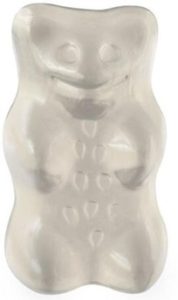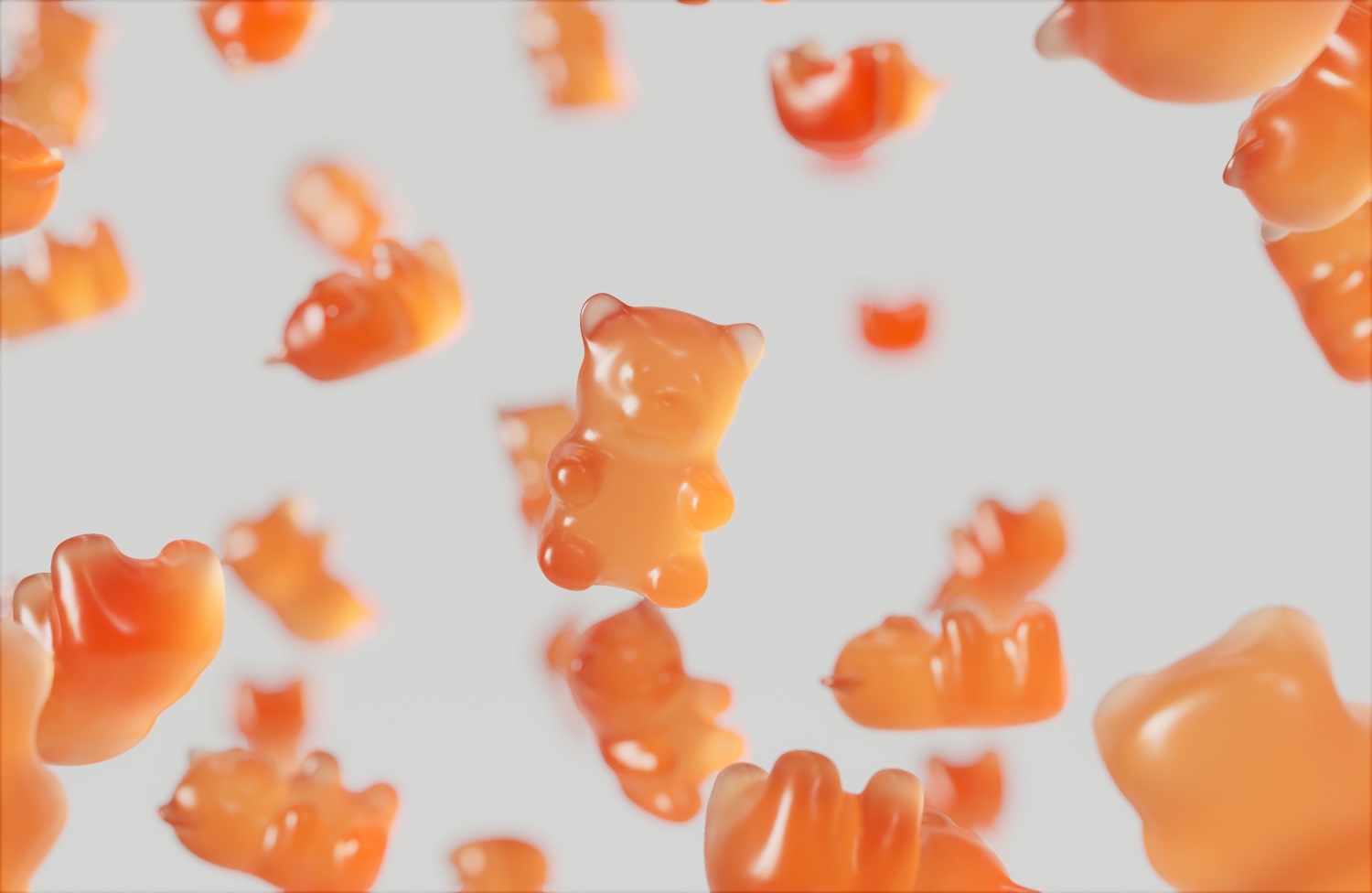Taking a Closer Look at Rules set by EUTMR
According to Article 4 of the EUTMR, an EU trademark may consist of any signs, especially words, including personal names, or of drawings, letters, numerals, colours, the shape of goods, or the packaging of goods, or sounds, provided that such signs are capable of:
a) Distinguishing the goods or services of one natural or legal person from those of another natural or legal person; and
b) Being represented in the register of EU trademarks in a manner that enables competent authorities and the public to precisely and clearly determine the subject matter of the protection afforded to its holder.
According to Article 7 of the EUTMR, a sign will not be protected as an EU trademark if, among other things, it does not fulfil the condition of distinctiveness, meaning it is not capable of identifying the goods or services for which it is used. This provision creates uncertainties in practice for examiners, potentially posing problems for applicants intending to protect two-dimensional or three-dimensional marks.
Trademark Application and the Examiner’s Point of View
Rigo Trading S.A- the IP holding company for the Haribo group (hereinafter referred to as: “RT” or the “Applicant”), filed an international registration IR 1660878 under the Madrid Protocol for a gummy bear device mark, as shown below:

The application, based on an earlier Benelux trademark, covered a diverse array of goods and services. Notably, food products were excluded. The initial refusal in July 2022 centred on the examiner’s assertion that the gummy bear mark lacked distinctiveness.
The examiner argued that consumers prioritize labels and product names over shapes, especially given the prevalent use of gummy bear representations for artistic or aesthetic purposes. The examiner referred to internet extracts and photos showing use of gummy bear shape mark for numerous goods that are designated in the Applicant’s list of designated goods and services. Provisional partial refusal of protection was issued as the examiner reasoned that the mark lacked distinctive character within the meaning of Article 7(1)(b) EUTMR for the designated goods. The Applicant, on the other hand, maintained its view by submitting additional arguments and claiming acquired distinctiveness through the use of the mark. Ultimately, the protection was partially rejected, and the Applicant appealed.
Reasoning of the Fourth Board of Appeal of EUIPO
In the decision no. R 872/2023-4, the EUIPO Board of Appeal determined that the mark in question possessed the minimum level of distinctiveness necessary for EU trademark protection, since it was not similar to the shape most likely to be adopted by the goods in question.
Furthermore, the Board of Appeal at EUIPO clarified that, as per Article 7(1)(b) of the EUTMR, the term “distinctiveness” implies that the applied-for mark “must function to identify the goods or services for which registration is sought as originating from a particular undertaking, thereby distinguishing those goods or services from those of other undertakings.” This concept of distinctiveness required assessment in two key aspects: firstly, in relation to the designated goods and services, and secondly, with regard to the perception of the relevant public. Given that the mark is a figurative sign without any verbal elements, the assessment considered the perception of the public across the entire European Union.
Serbian Trademark Act Perspective
Mirroring EUTMR, the Serbian Trademark Act allows protection of shape of product as trademark (Article 4), inter alia, under the condition that such shape mark is capable of distinguishing the goods or services of one individual or legal entity in trade from those of another individual or legal entity and which, by its overall appearance, is not suitable for distinguishing goods or services. Lack of distinctiveness is one of the absolute grounds for refusal of trademark protection according to Article 5 Paragraph 1 Item 3) of the Trademark Act.
What About Enforcement?
RT has now secured the exclusive rights over the gummy bear shape mark, granting them the authority to enforce it against third parties. What does it mean for other undertakings? This means the ability of RT to prevent others from using a confusingly similar gummy bear shape and take legal action against unauthorized use.
However, does this mean that RT will enjoy exclusive rights over any shape of gummy bear shape when it comes to particular goods in classes 9, 14, 16, 18, 20, 21, 24, 25, 26, 27 and 28. We are concluding that this development does not mean that other undertakings may not use variations of gummy bear shape sufficiently different from the one currently protected by RT. It will be interesting to watch as to how and to which extent RT will be enforcing this trademark in the future and how the undertakings will “shape” the gummy bear shape to pass the infringement test. Let’s stay tuned.
This text is for informational purposes only and should not be considered as legal advice. Should you require any additional information, feel free to contact us.








